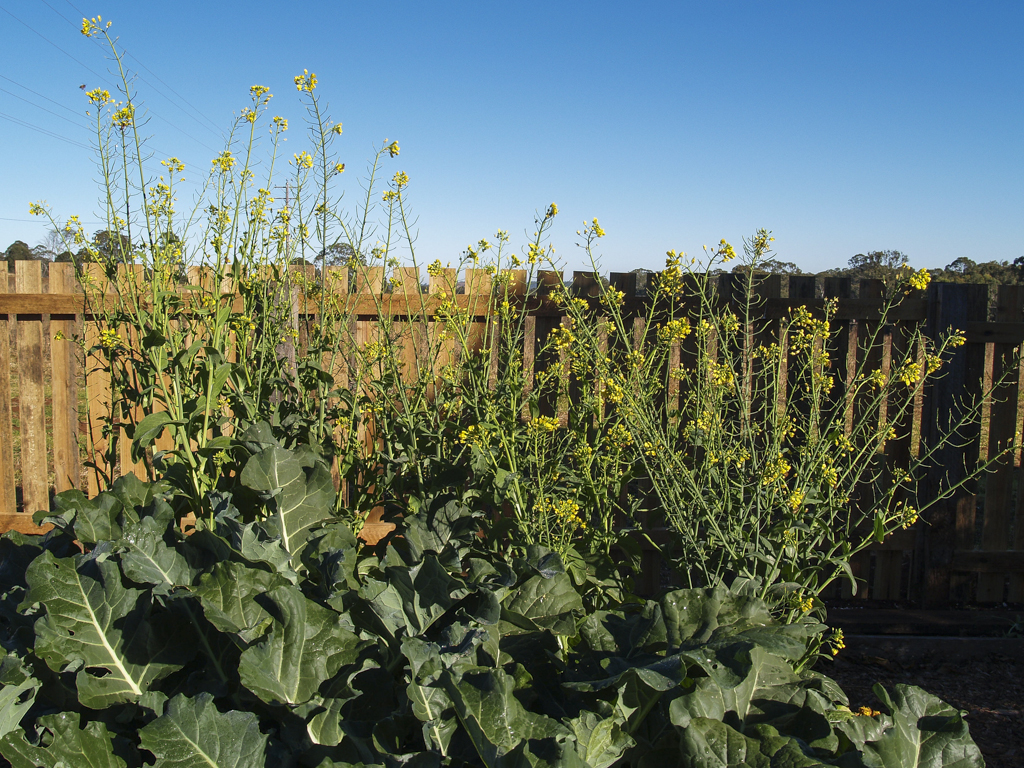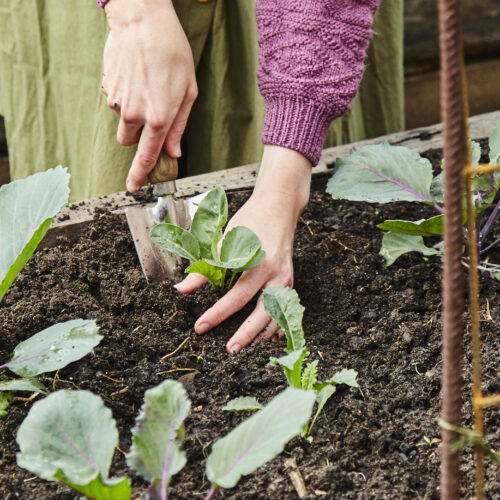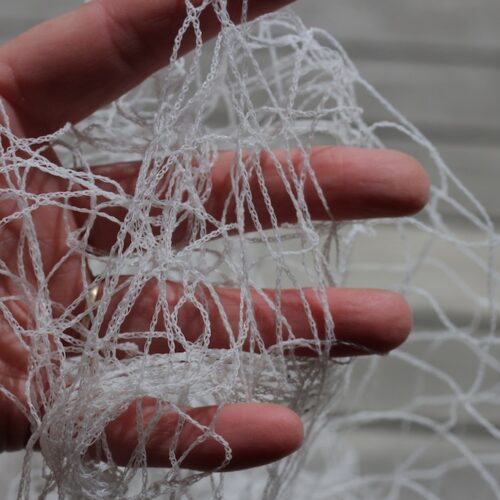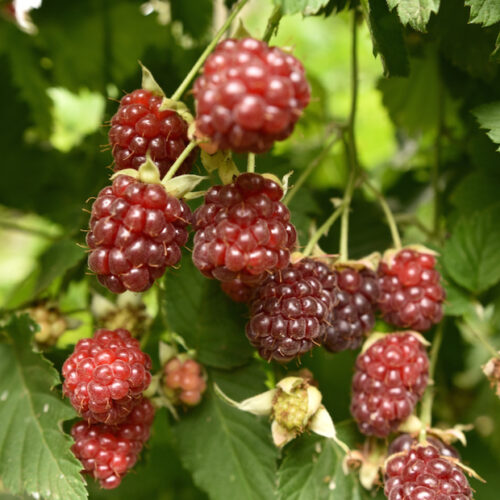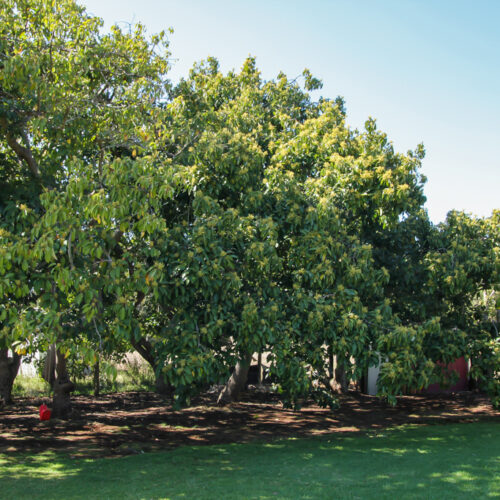Bolting, and how to postpone it
2013-10-24T02:57:19+11:00
With a change in seasons comes vegetables bolting quickly to seed. JUSTIN RUSSELL explains why plants bolt, and suggests ways to slow the process down.
In the spring vegie garden, bolting is par for the course. One week winter vegies such as broccoli, mustard and rocket are looking superb and fresh, the next week they’re sending up flower stalks and have made a sudden effort to reproduce.
In many cases this run to seed renders the plant less edible than it once was. Lettuce leaves turn bitter when the plant bolts and mustard leaves become so peppery they nearly blow your head off. Some leaves become tough and leathery, and in the case of broccoli, the part that is most tasty to eat – the unopened flower head – becomes yesterday’s lunch.
Plants bolt for a number of reasons. Sometimes it’s stress, most commonly a lack of moisture. Lettuces are notorious for bolting during a drought. Sometimes it’s the first burst of hot weather at the end of winter that sets plants off and sprinting. But in most cases, bolting is caused simply by plants responding normally to an increase in day-length as winter turns into spring, and spring makes way for summer.
The downsides to bolting are obvious but there are some upsides. For one, the flowers of edible plants are, as a general rule, equally edible. The flowers of rocket, mustard, bok choy, kale and lettuce make a beautiful addition to spring salads. It’s also easy to forget that flowers become seeds, and with care, these can be harvested and either eaten or saved for later sowing. What’s more, flowers add some colour and beauty to the vegie garden and the bees go mad for bolted brassicas, helping to pollinate other plants in the process.
Ultimately, question is can bolting be avoided? No, it can’t. Annual vegetables eventually run to seed whether you like it or not. That’s nature’s way. But the good news is that bolting can be postponed to some extent by choosing bolt-resistant varieties, keeping plants well watered and mulched, and by covering susceptible plants with shade or frost cloth in spring to help extend their season.

